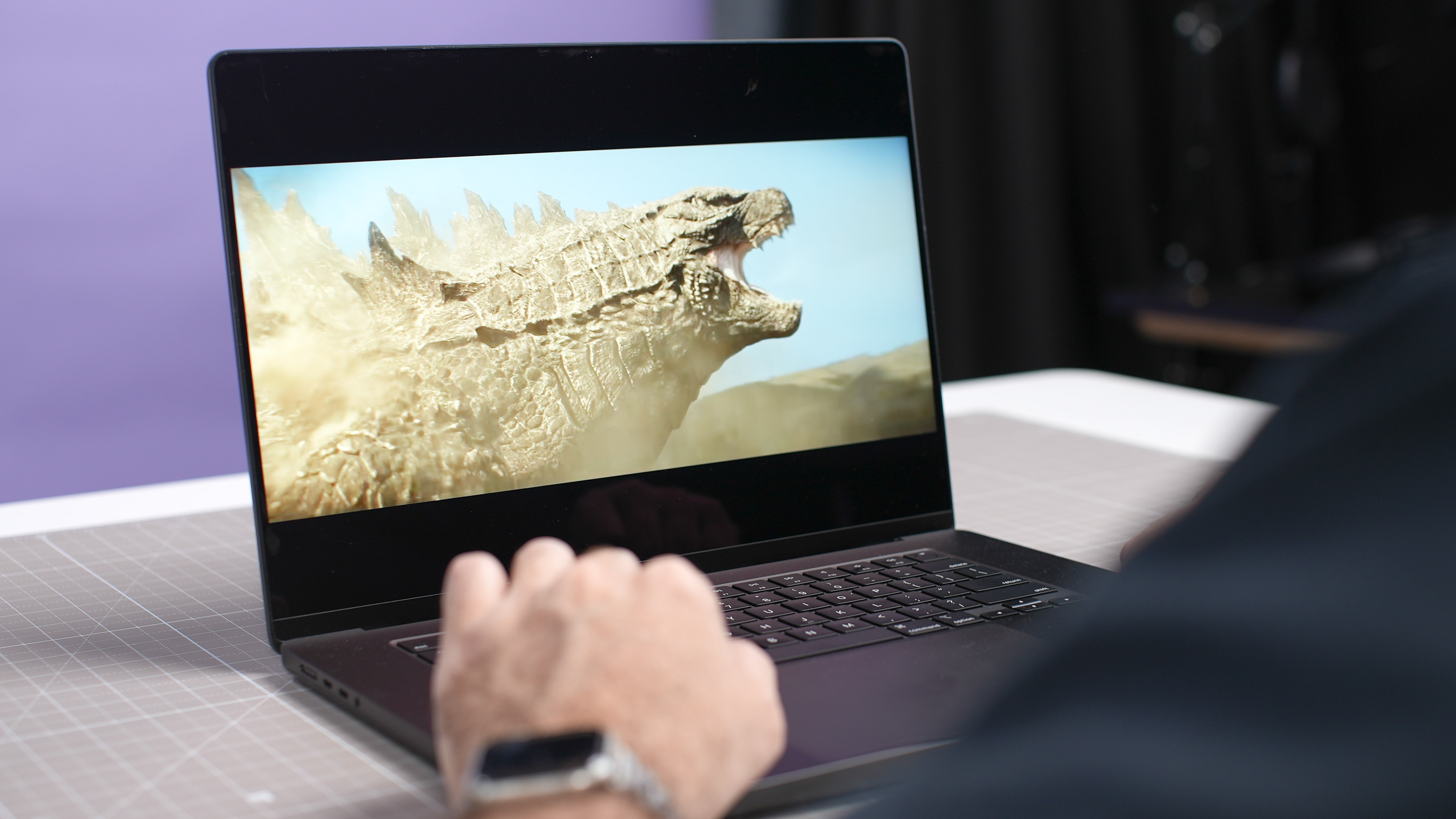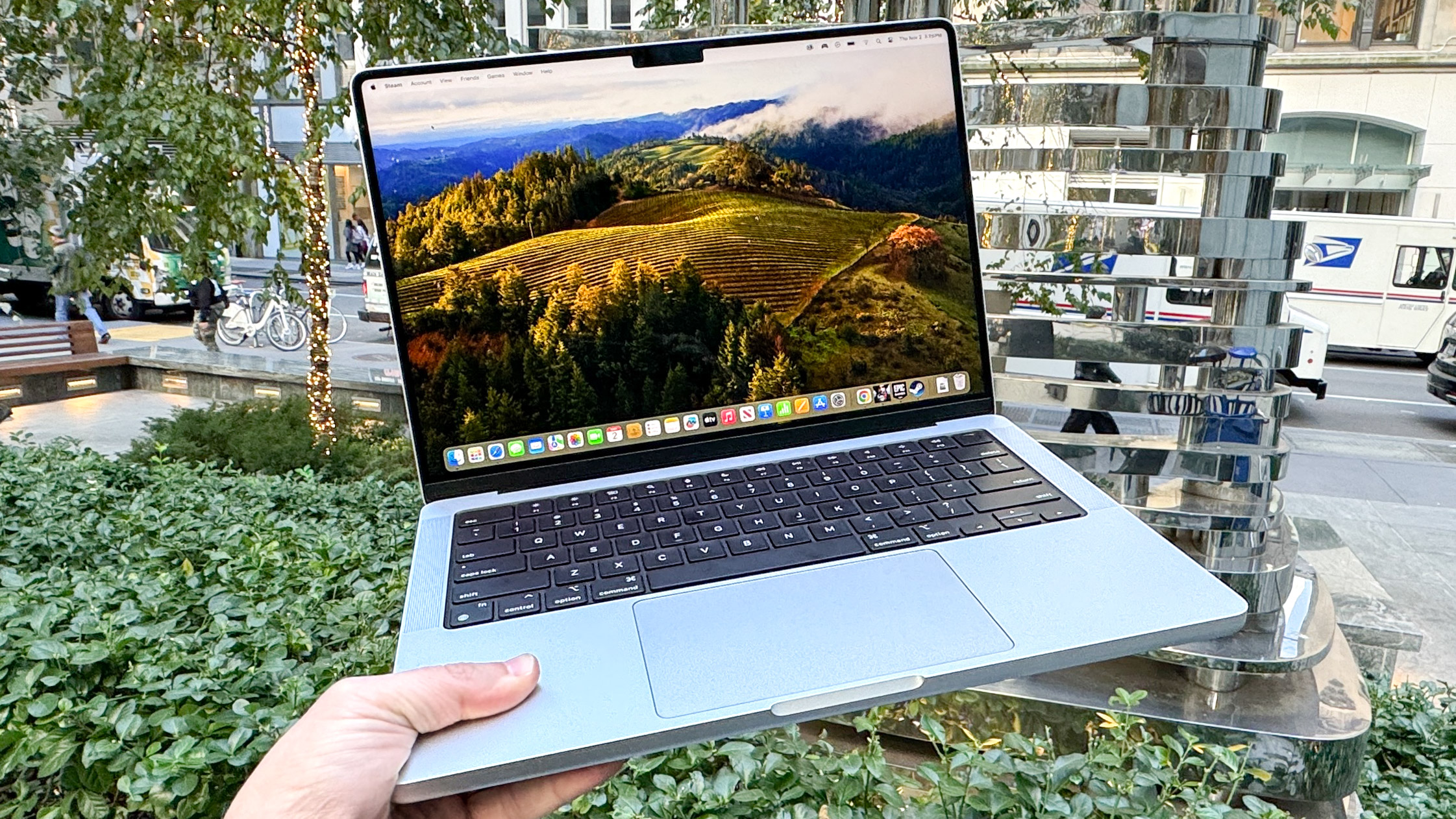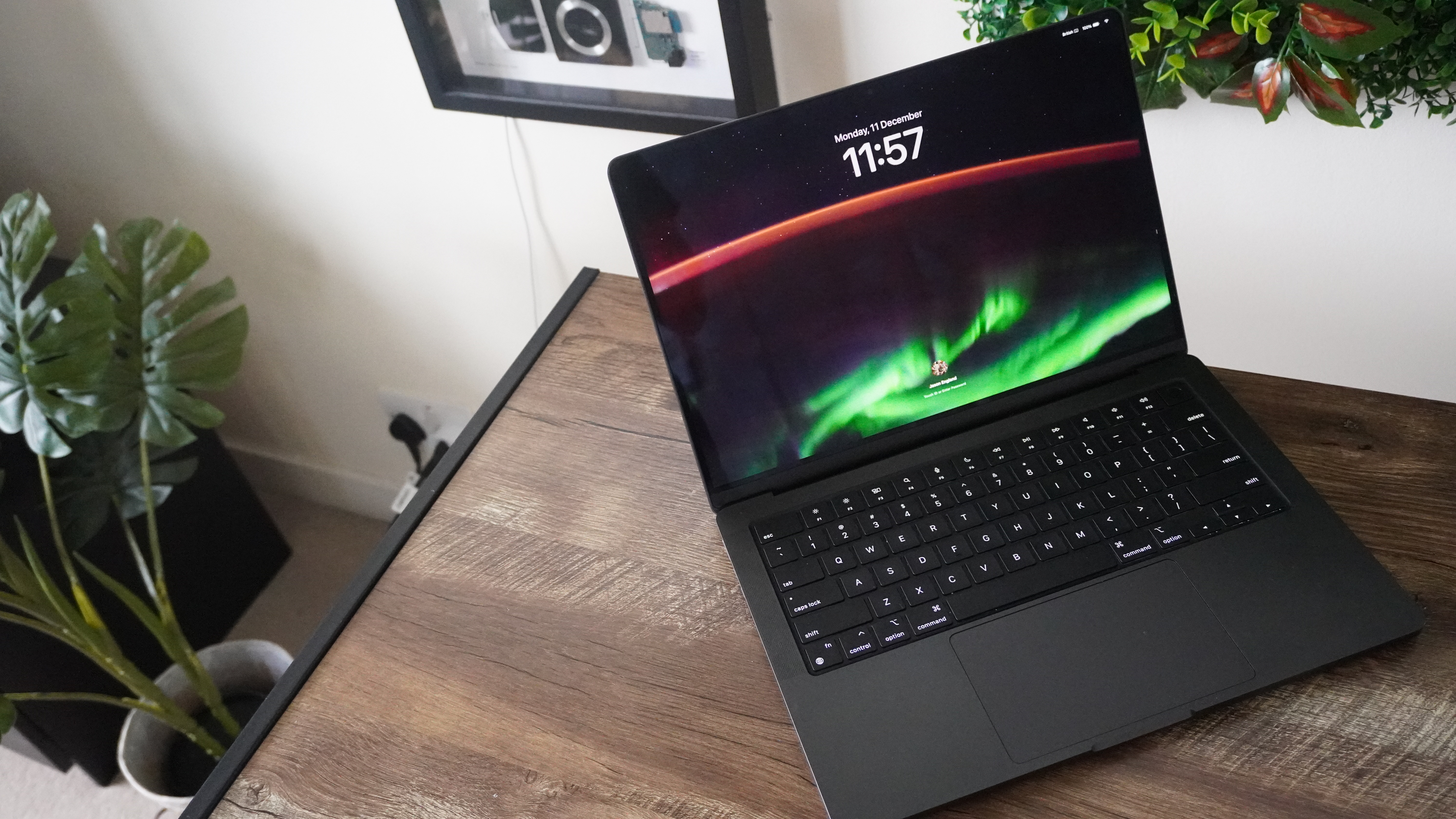M4 MacBook Pro slated for a late 2024 launch — here’s what we know
Mark your calendars for October (my prediction)

With the launch of the M4 iPad Pro, everyone has been asking one key question: when can I get an M4 MacBook?
Seems a little weird that new silicon was dropped for just the tablet part of Apple’s business, and I can’t imagine many people being too happy about a next generation chip being announced when they bought a M3 MacBook Air just a few weeks before.
Well, fortunately, we have an answer. According to display analyst Ross Young, panel shipments for new 14- and 16-inch MacBook Pros are set to kick off in the third quarter of 2024, which points to a launch towards the end of the year. This would mean M4, M4 Pro and M4 Max drop at roughly the same time of year that last year’s MacBook Pro models did.
Speeds and feeds

We’re not anticipating any dramatic design changes to the MacBook Pro hardware, as it's still quite the utilitarian beauty (especially in the black finish I got for my M3 Pro MacBook Pro), so let’s turn our attention to the new horsepower inside.
In our testing of the M4, which packs up to 4 performance cores and 6 efficiency cores, we saw this machine leapfrog the M3 in the MacBook Pro by quite a margin, and even get past the Snapdragon X Elite too.
| Benchmark | M4 iPad Pro | M3 MacBook Air | Asus Vivobook S 15 (Snapdragon X Elite) |
|---|---|---|---|
| Geekbench 6 single-core | 3700 | 3082 | 2418 |
| Geekbench 6 multicore | 14523 | 12087 | 14352 |
And while the Neural Engine’s (NPU for the techies) capability capping out at 38 trillion operations per second (TOPs), which is technically less than the 45 TOPs the X Elite is capable of in the Asus Vivobook S 15, I wouldn’t be surprised to see this number go up a bit for the Pro and Max variants.
As for M4 Pro and M4 Max, not much is known, but that won’t stop me making some CPU predictions based on past trends.
Sign up to get the BEST of Tom's Guide direct to your inbox.
Get instant access to breaking news, the hottest reviews, great deals and helpful tips.
- M4 Pro: With M3 Pro last year, Apple struck a more even balance between performance and efficiency cores (up to 6 performance and 6 efficiency to be exact). But in the past, we’ve seen M2 Pro and M1 Pro get 8 performance cores. I wouldn’t be surprised if the M4 Pro gets bumped up to 8 performance cores while the number of efficiency cores stay the same.
- M4 Max: This one has been a little easier to guess, as the core count has only increased once. Currently it’s at up to 12 performance and 4 efficiency, and I think that’s a number Apple will stay with while increasing the speed.
The GPU is a little harder to predict, as the number of cores have been all over the place. Current M4 is at 10 cores with roughly enough power to be more graphically powerful than an Xbox Series S.
But then you take a look at M3 Pro, the core count actually went down (but graphics were faster), whereas M3 Max went up. Tell you what, I’ll just throw some numbers out there and we’ll try to manifest it together, OK?
- M4 Pro: 16 or 20-core GPU
- M4 Max: 30 or 40-core GPU
I’m anticipating M4 Max will stay the same, while the M4 Pro will get a bump up — particularly for the new wave of AI tasks coming to the Mac via Apple Intelligence.
Any other surprises?

Like I said, elsewhere on the device, it’s not looking like we’ll see any design overhauls or new tech. The OLED MacBook Pro is not expected to arrive until 2026, and Apple is more than happy to keep riding the wave of this aluminum unibody aesthetic until it gets too tired.
If we could get FaceID in that notch (I mean, there’s enough space for it), that’d be amazing, but I’m not holding my breath. These minor upgrades mean that owners of the M3, M3 Pro or M3 Max MacBook Pro needn’t worry about saving up. But if you are on M1 or M2, pay close attention to what gets announced, as these could be serious speed demons for your workload.
More from Tom's Guide

Jason brings a decade of tech and gaming journalism experience to his role as a Managing Editor of Computing at Tom's Guide. He has previously written for Laptop Mag, Tom's Hardware, Kotaku, Stuff and BBC Science Focus. In his spare time, you'll find Jason looking for good dogs to pet or thinking about eating pizza if he isn't already.
